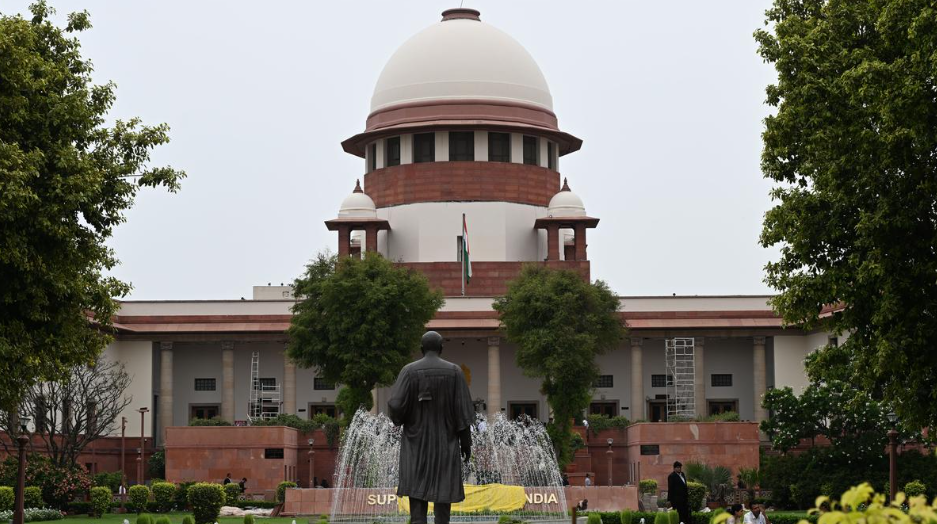SC Seeks Report on Gram Nyayalayas from States (GS Paper 2, Polity and Governance)

Context
- The Supreme Court has requested comprehensive reports from States and High Courts concerning the establishment and functioning of Gram Nyayalayas.
About Gram Nyayalayas
Mandate:
- Gram Nyayalayas are designed to deliver affordable and prompt justice to rural populations directly at their doorsteps.
Background:
- The Gram Nyayalayas Bill was passed by Parliament in 2008, and the Gram Nyayalayas Act came into force on October 2, 2009.
- The Law Commission of India, in its 114th Report, had recommended the establishment of Gram Nyayalayas.
- The Act is applicable throughout India, except in Nagaland, Arunachal Pradesh, Sikkim, and certain tribal areas.
Appointment of Nyayadhikari:
- The State Government appoints a Nyayadhikari for each Gram Nyayalaya in consultation with the High Court.
- Qualifications: The appointed individual must be eligible to serve as a Judicial Magistrate of the first class.
Salient Features of the Gram Nyayalayas Act
Jurisdiction:
- Gram Nyayalayas act as Courts of Judicial Magistrate of First Class with both civil and criminal jurisdiction to resolve minor disputes at the village level.
Establishment:
- State Governments are responsible for establishing Gram Nyayalayas in consultation with their respective High Courts.
Procedure:
- These courts are not bound by the Indian Evidence Act, 1872, but follow principles of natural justice, subject to High Court rules.
Location:
- The headquarters of Gram Nyayalayas are generally at the intermediate Panchayat headquarters but can be located elsewhere as notified by the State Government.
Issues with Gram Nyayalayas
Judicial Vacancies:
- There is a shortage of judicial officers willing to work in rural areas due to challenging conditions and lack of incentives.
Inadequate Facilities:
- Many Gram Nyayalayas lack basic amenities like dedicated court buildings, proper seating, and essential office equipment.
Pendency of Cases:
- Despite their goal of providing speedy justice, many Gram Nyayalayas face significant backlogs, undermining their purpose.
Lack of Training:
- Judicial officers and staff often lack adequate training in rural jurisprudence and the socio-economic context of rural areas, affecting the quality of justice delivered.
Delay in Notification:
- Several states have been slow to notify and establish Gram Nyayalayas, leading to uneven implementation.
Coordination Issues:
- There is often a lack of proper coordination between state governments and the judiciary, resulting in administrative and operational challenges.
Financial Constraints:
- Insufficient financial allocations for the establishment and maintenance of Gram Nyayalayas hinder their operations and sustainability.
Note: Currently, around 16,000 Gram Nyayalayas are needed, but only a little over 450 have been established, with about 300 actually functioning.
Way Ahead
To address these issues, comprehensive reforms are needed:
Filling Judicial Vacancies:
- Streamlining the appointment process, providing adequate incentives, and offering specialized training to judicial officers.
Case Management Systems:
- Implementing effective case management systems to reduce pendency and streamline case handling.
Public Awareness:
- Conducting awareness campaigns to inform rural populations about the existence and functioning of Gram Nyayalayas and ensuring they are easily accessible.
Conclusion
- The Gram Nyayalayas hold the promise of delivering justice at the grassroots level, but their potential remains underutilized due to various operational challenges.
- Comprehensive reforms, effective coordination, and adequate resource allocation are crucial to making Gram Nyayalayas a cornerstone of rural justice in India.


